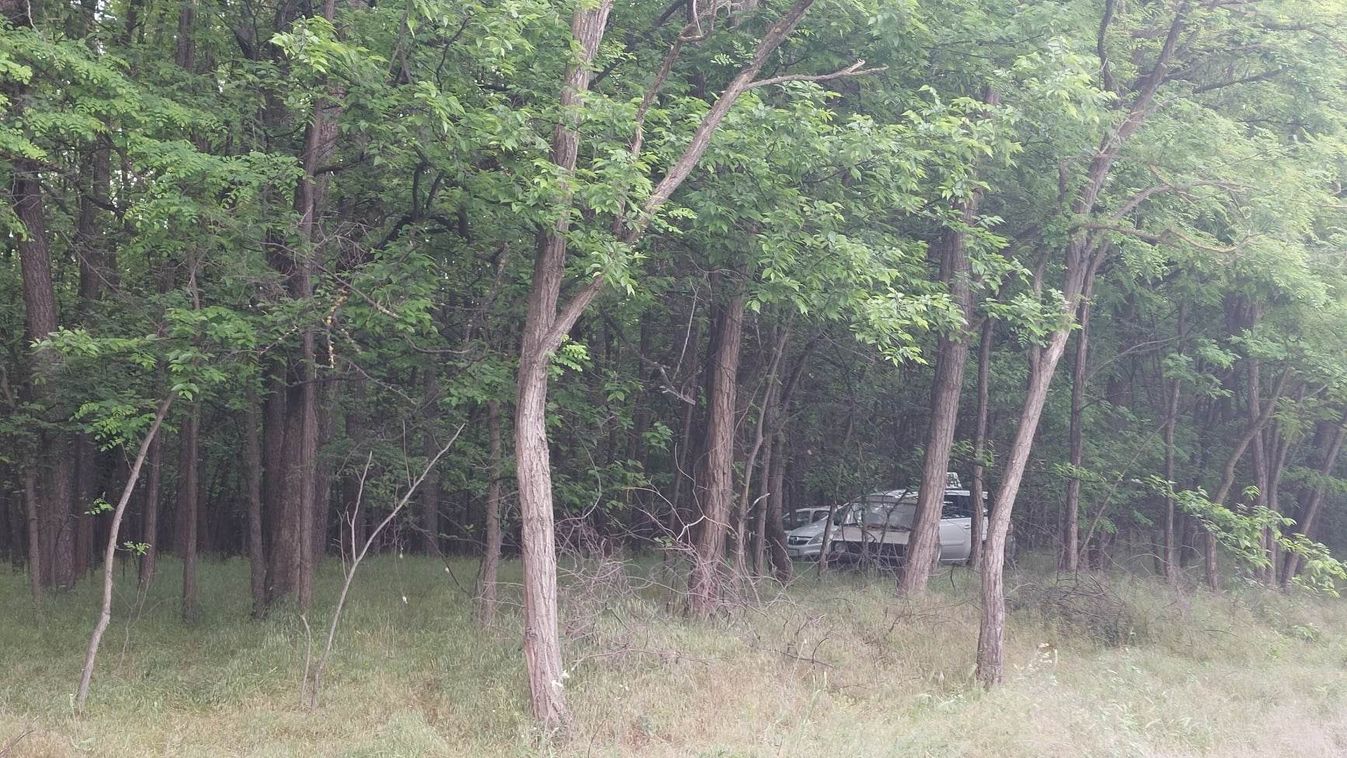On the Balkan route, the influx of migrants is a constant phenomenon, with people smugglers and taxi drivers trying to assist them in reaching the European Union.
Although the official statistics show that the number of illegal migrants on the Western Balkan route has slightly decreased since last year, the locals cannot rest easy, as evidenced by photos and videos.
This is also confirmed by Saturday's shoot-out between migrants at the Serbia-Hungary border, an incident also covered by our newspaper. Authorities believe that the perpetrators were Afghan nationals who attacked each other with guns, and two people were injured.
A reader of Magyar Nemzet in Subotica has sent us several videos on the continuing influx of migrants. The local resident used his phone to record young men coming from the city center and then heading towards the Makkhetes forest and the Hungarian border.
On their way, the migrants wash themselves at public fountains and have been known to bathe there during daytime. This is one of the most highly frequented roads near a school, so even the youngest of kids have already witnessed as the migrants, wearing just a few pieces, are cleaning themselves by the roadside on several occasions.
We've reached a point where we are now letting our kids to school on their own, not only because of the increased traffic, but also because you never know which of the migrant gangs is thinking what,
– one desperate parent from Subotica told us anonymously, recalling how, when he was a student, he was allowed to go to school alone with his friends as a first-grader.
Now this is impossible, even theoretically, even though our kid is already in third grade
– the father added.
It comes as no surprise that parents fear for the safety of their children, as the town in northern Vojvodina has seen many atrocities over the past year, with illegal migrants playing a key role.

Last summer and even after, there were bloody confrontations between migrants in the Makkhetes forest, and a few weeks ago a 28-year-old pregnant woman was insulted by migrants on a street. As we highlighted earlier, the attack took place in broad daylight by violent migrants, and the target of the sexual assault was a young expectant woman. According to her husband, she was attacked by two migrants near the city center. One of them tried to touch her intimate parts, but she got scared and began shouting, and she pushed away the migrant's hand. They both fled the scene after the commotion.

























Szóljon hozzá!
Jelenleg csak a hozzászólások egy kis részét látja. Hozzászóláshoz és a további kommentek megtekintéséhez lépjen be, vagy regisztráljon!